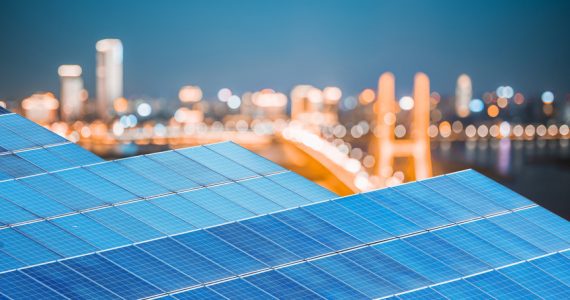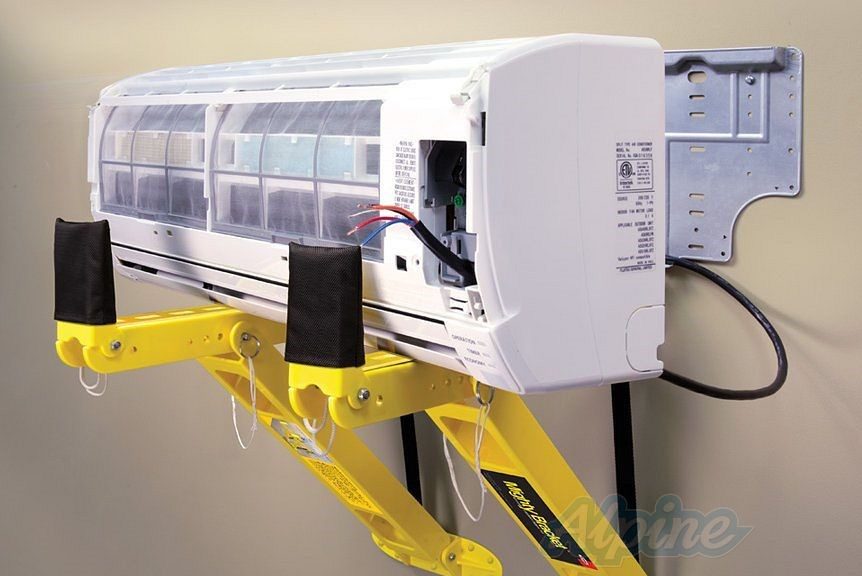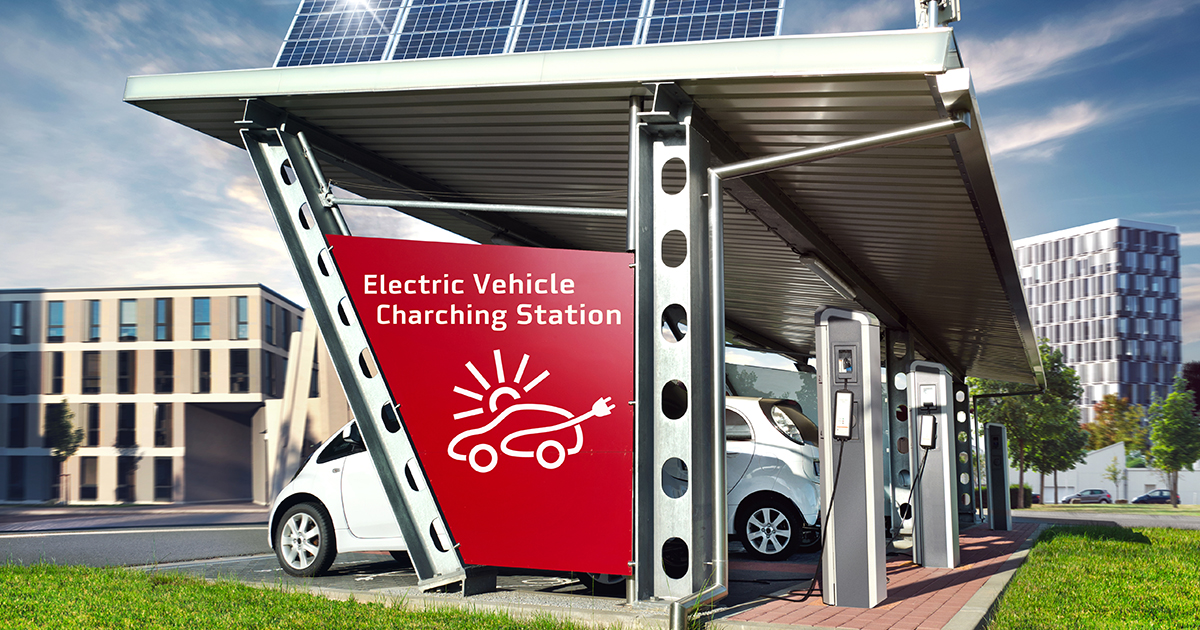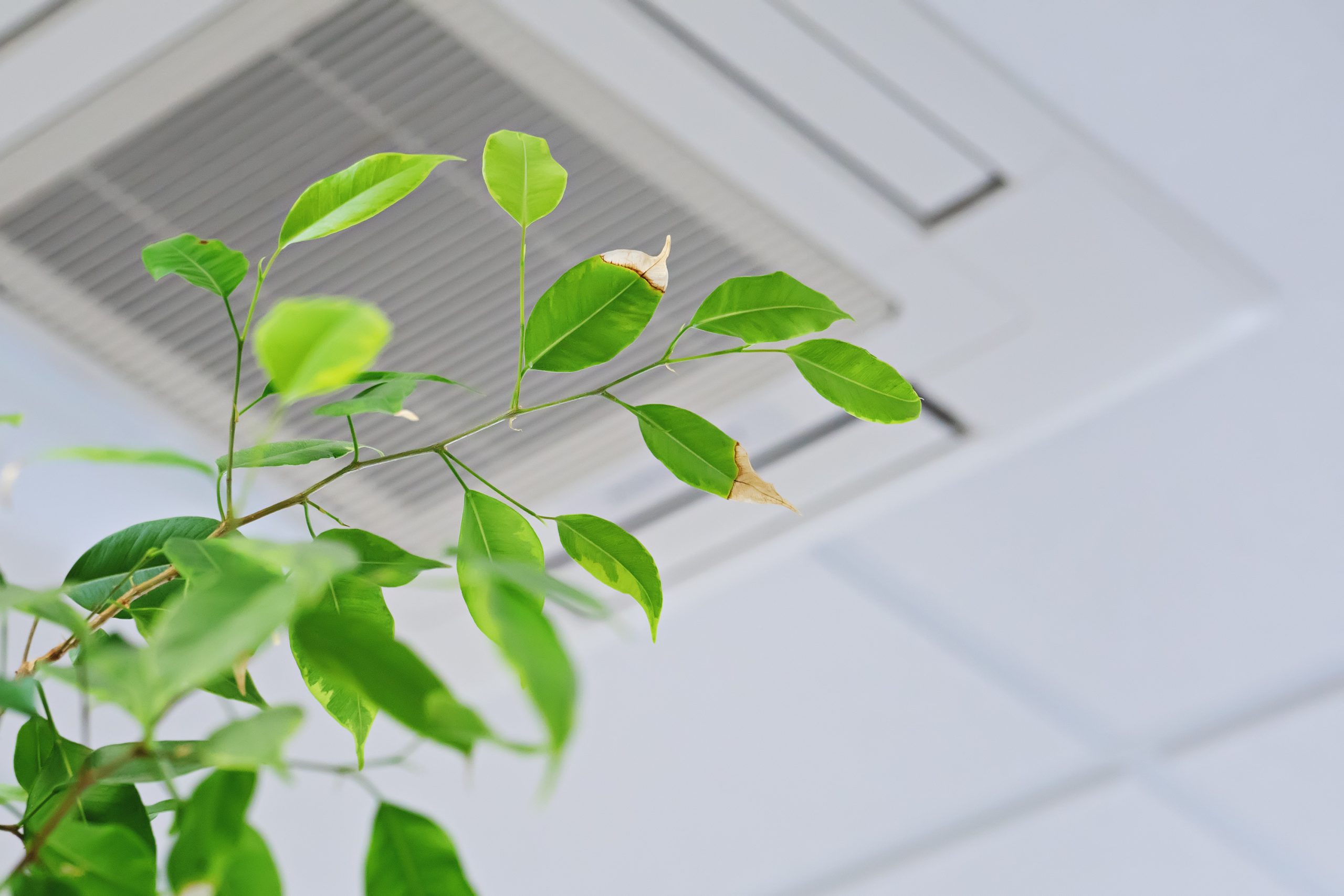
Photovoltaics in buildings: making room for self-consumption!
The energy transition is directly impacting the way energy is consumed in buildings, with the latter serving as energy consumers, producers and storage facilities. The following reports on the latest edition of the Intelligent Building Systems (IBS) trade fair, a major Smart Building event that showcases the latest developments in the field.
Pierre Blanchet, Innovation Building Solutions Manager, attended a conference on Self-consumption Management, Photovoltaics and Energy Storage in Energy-positive Buildings. He describes the main takeaway.
Photovoltaic solar: what has changed?
Photovoltaic solar energy is the energy generated by photovoltaic panels installed on the roof of a building, which the user consumes in situ.
Until last year, decentralised photovoltaic energy had to be sold to EDF (the French electricity supplier). Today such energy can be used directly by its producer, following publication of a decree in 2017 that kicked off a major expansion of self-consumption.
Self-consumption: what is it?
There are two types of self-consumption: individual self-consumption, which is limited to a building, and collective self-consumption, which covers a small group of consumers (village, neighbourhood, etc.).
To assess self-consumption potential, two factors must be considered:
- the amount of roof space available for installation of panels.
- the building’s energy requirements.
Supermarkets are a good illustration: their roofs offer a large available surface area, and the amount of electricity required to power their refrigerated tanks, display cabinets and cold rooms is constant throughout the year. This means that the supermarket will be able to both generate a substantial amount of electricity and consume everything it produces. This is the ideal configuration.
In contrast, a school, which is closed for the entire summer, offers a poor match-up between production and consumption.
Collective self-consumption
Collective self-consumption is very promising because it channels the energy generated instantaneously to the consumers who need it. For example, during the daytime, residential buildings may generate electricity but have little need to consume it, while offices consume large amounts. The advantage of collective self-consumption lies in the wide variety of buildings connected to each other within the system – those that produce energy, those that both produce and consume, and those that confine themselves to consuming but cannot contribute to production. In addition, an authority is needed to manage the flow of energy and distribute costs among the participants – an endeavour that is just getting off the ground.
To achieve good installation performance, several criteria must be met
The position of the panels on the roof, their tilt and the amount of space needed to clean them are very important prerequisites. Care must be taken not to overload the structure in the event of renovation work. The right equipment must be chosen to round out the system, such as inverters, which convert the DC current produced by photovoltaic panels into AC. Photovoltaic solar generation requires expertise and qualifications (which several Building Solutions business units provide). Specialist training bodies also offer high-level training courses.
Photovoltaic solar energy storage
The main drawback of photovoltaic solar electricity is that it is difficult to store. Lithium-ion batteries offer the highest efficiency and their cost is steadily coming down. There are plans to use the batteries of electric vehicles within buildings when they are no longer suitable for the vehicle cycle.
Ultimately, storage will be what enables self-consumption to become widespread! But we aren’t there yet. Although solar energy is beginning to become profitable in places that receive substantial sunlight, batteries remain an excessive additional cost. If battery storage is to be profitable, batteries must be used for other purposes as well, such as load management, peak shaving and frequency regulation.
Did you like the article ?


